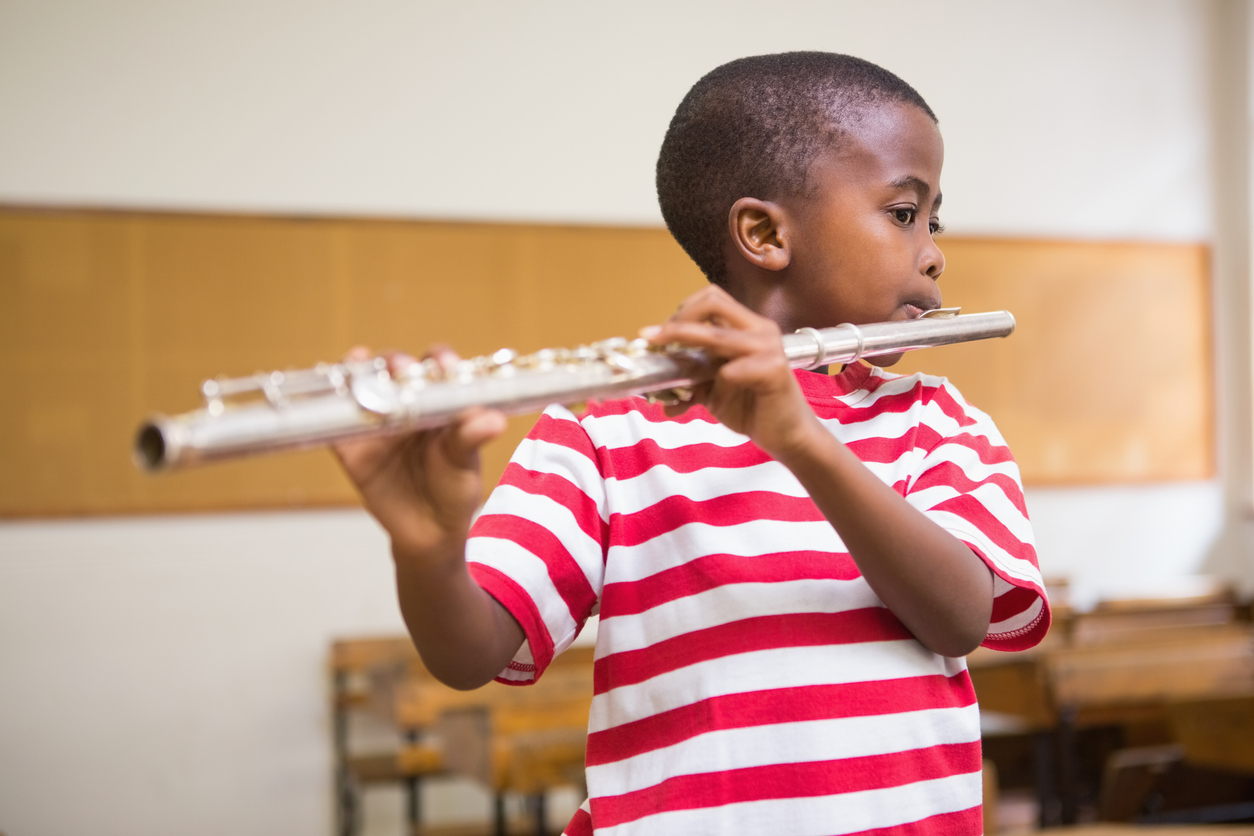Foster Care & Group Homes
Foster care is families helping families. Imagine a future where every child in New York has a safe and loving home. You can help make it a reality.
In New York, 17,000 children are currently in foster care, with 6,000 more entering the system each year. Each child has a unique story, hopes for the future, and deserves the stability of a nurturing home.
Together For Youth supports children and families through its foster care program. At the heart of this program are foster parents, playing a crucial role in providing a stable and loving environment for children while their birth families work toward unification.
Types of Foster Care
The primary goal of foster care at Together for Youth is reunification. Initially, the foster parent’s role is seen as a temporary one. Over half of children who enter foster care are reunified with their birth parents. We ask our foster parents to support these efforts—including facilitating visitations with birth parents and attending court appearances. Although this may not be a permanent situation, as a foster parent, you are making a permanent, positive impact on the life of a child even once they return to their birth parents or are placed with another relative when that is found to be in his or her best interest.
Respite Care
Every parent needs a break. Respite care providers step in to give foster parents needed time off—from a few hours to a weekend or more—usually on a regularly scheduled basis.
Emergency or Urgent Care
Foster parents agree to be on-call and to accept short term placements as the need arises, including at night and on the weekends.
Kinship Care
Grandparents, aunts and uncles, family members, or a community member who has a significant relationship with the child, who agree to care for children are called “kinship” caregivers.
Foster-to-Adopt Care
Although reunification is the primary goal, that is not always possible. Many families foster with the intention of possibly adopting. Fostering to adopt has many benefits, including reducing the number of placements a child experiences and allowing a family to bond.
90%
of children in foster care achieved their treatment goals.
The Foster One Program
Designed to serve those children who need more support than a traditional foster care home. It is a short term, evidence-based model that supports only one child in the home at a time. During this 6–12-month period the treatment parents, along with Foster One staff, create a loving, accepting environment perfect for change and growth to occur. Foster One is a small program with a dedicated staff available for 24/7 support. Treatment parents meet weekly to learn and gain support from staff and other Foster One treatment parents.
Therapeutic Foster Care
People who provide a safe, temporary home for children in need whether on a part time or a fill time basis. The primary goal of therapeutic care is reunification with the birth parents. These caregivers receive additional special training and support to be part of the care team responding to the needs of children in their home.
Group Homes
Our Group Homes provide trauma-informed care for youth who are struggling in their home and community. Through life skills, we empower youth to be their best selves and work towards future goals and independence.
90%
of children in group homes achieved their treatment goals.
“I want to help my family in every way that I can. I want to make my mom proud.”
 Jasper
Read More Stories of Hope
Jasper
Read More Stories of Hope


